Analysis by Julio Godoy
RIO DE JANEIRO, Jun 20 (TerraViva) The clichĂ© that mammoth summits like Rio+20 are “too big to succeed” can also be applied to the megacities of our day such as Rio de Janeiro: they are simply too big to become green and sustainable.
And yet that’s precisely the commitment made by the mayors of the 59 largest cities of the world, reunited in the so-called C-40 group.
At a side event during the U.N. conference on sustainable development here, the mayors of the C-40 group recalled that the largest urban centres of the world have “the potential to reduce their annual greenhouse gas emissions (GHGE) by over one billion tonnes by 2030″, an amount equivalent to the annual emissions of Mexico and Canada combined.
Now the mayors want to reduce emissions by 45 percent by 2030.
Mind the word “potential” – omnipresent in these days of meek admissions of well-known, concrete catastrophic scientific data and vague promises to tackle the problems some time in the future.
Indeed, megalopolises across the world, from Rio de Janeiro to Mexico City to Tokyo to Shanghai, have vast potential to reduce pollution because they are big polluters in the first place.
A megalopolis per se constitutes a senseless waste of energy, human and otherwise. To change that, cities need to launch an improbable, most likely rather unpopular revolution that would affect practically all aspects of life, from transport to waste management to the generation and consumption of electricity, to food supply and population management.
If such a revolution is to succeed, cities must cease to lure rural populations searching for better lives in large urban centres. If such a revolution is to succeed, megalopolises would be capitals of fairytale countries, unlikely to come true in our lifetimes.
Let’s begin with transport. It is well known that transport activity is responsible for 13 percent of all anthropogenic GHGE, and for 23 percent of the world’s carbon dioxide (CO2) emissions from fossil fuel combustion. Transport’s dependency on oil is a staggering 95 percent, and it accounts for 60 percent of all oil consumption.
To reduce their share of such pollution, cities would have to offer efficient public transportation, and simultaneously discourage the use of private automobiles by substantially increasing taxation and fuel prices, and limiting access to urban centres.
Cities would have to encourage the use of bicycles, significantly boost the efficiency of combustion engines to reduce exhaust fumes, and guarantee safety for users of public transport, especially in developing countries. Today, crime is a major discouraging factor for well-to-do citizens, particularly women, to use public transport.
To call such a set of goals difficult to achieve, expensive, and most likely unpopular would be an understatement. But that’s only the beginning of the to-do list for city planners and administrations.
Although heating is not a pressing problem for tropical cities, it is in countries with cold winters. In such places, optimising the thermic isolation of buildings is a must – as it is to have more efficient air conditioning systems during hot summers.
This requires enormous private investments, which would need support by credit state agencies, and tax cuts to make them attractive to citizens. Zero-emission model buildings are already in place in some industrialised countries – but they are models, still a far cry from becoming standard housing policy.
Furthermore, cities would have to rely ever more on renewable sources – sun, wind, bio-mass. They must discourage waste, especially plastic, aluminium, and other non-degradable compounds. When waste is unavoidable, it must be recycled.
Cities would have to rely on local and regional food sources to further reduce transport emissions. And so on…
As already mentioned, the sustainable city of the future must not only discourage migration from the countryside, it would have to encourage migration back to rural areas to reduce its own population.
In other words, the sustainable city of the future would have to mirror the sustainable country of the future, one that offers opportunities to populations in rural areas, one crisscrossed more by railroads than by highways, the green, socially equitable country of our dreams.
That country is not around the corner, and it certainly won’t be made possible by such mammoth conferences such as Rio+20. That country, the citizens will have to build themselves.



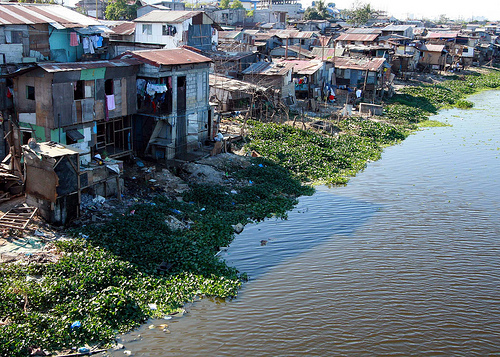
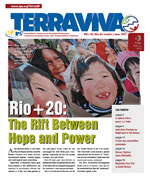
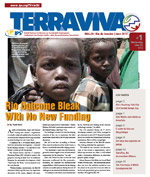
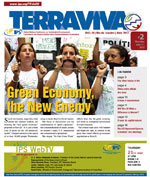

 Add to Google
Add to Google




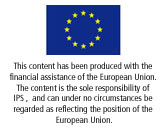



Pingback: Rio+20 Food is important… Dinosaurs knew that… Ancestors secured it… They are throwing it. | Jamila's Blog